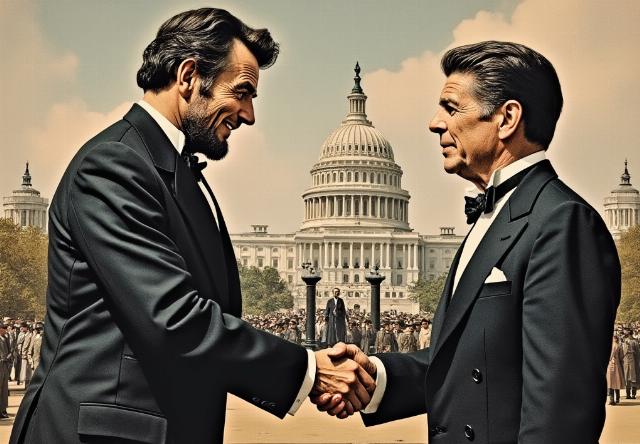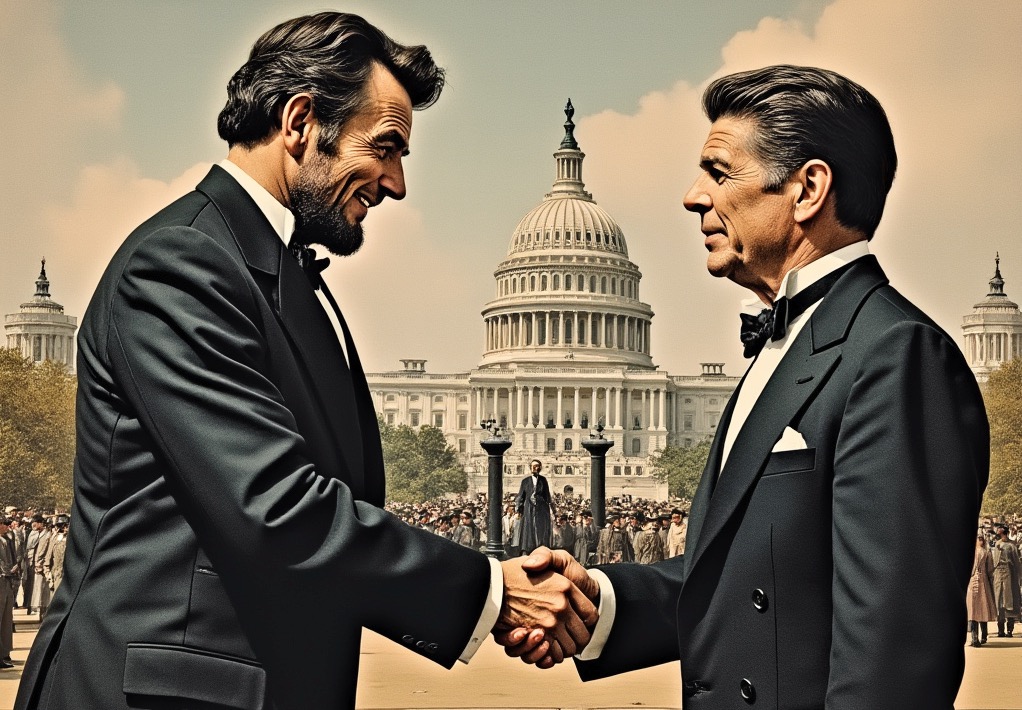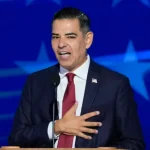

AI
Looking at elections over the last 160 years, the candidate who brought something new to a campaign was usually the one who won.As the United States continues to process the 2024 election results, I have no doubt there will be many post-mortem discussions among Republicans and Democrats alike. While most will focus on the long list of what Democrats did wrong, this essay looks at what the Trump campaign and the Republicans did right.
Many have focused on strong campaigning on issues that were clearly at the forefront of the American people’s minds (e.g., immigration, “transgenderism”), as well as focusing on underappreciated demographics the Democrats had left open such as the naturally socially conservative Latino population. These are valid points, but as I thought about this election cycle in the long chain of elections throughout American history, I spotted an interesting trend.
A popular political maxim is that “general elections are best discussed in general terms.” Over the last 150 years of American political contests (and likely even further back), one thing remains certain: The candidate who breaks new ground, who innovates, and who pushes the paradigm of communication and messaging pretty much always takes home the victory.
<img alt captext="AI” height=”347″ src=”https://conservativenewsbriefing.com/wp-content/uploads/2024/11/when-it-comes-to-winning-the-presidency-innovation-matters.jpg” width=”500″>
AI image showing two presidential innovators.
Even as far back as the original political rise of Abraham Lincoln, we have seen this trend. Lincoln was originally a little-known political figure in Illinois, with limited visibility due to just one term in the House of Representatives. Then, in 1858, he challenged Stephen A. Douglas to a series of debates about extending slavery in new states.
Douglas, arguably the most prominent Democrat politician in the U.S. and, by some accounts, the country at the time, battled Lincoln in a series of state-wide traveling debates to discuss the slavery issue. Each candidate spoke for an hour without interruption, with the men alternating who went first at the different venues.
Not only did Lincoln’s outstanding performance during these debates raise his own political profile, but it also gave legitimacy and ascendancy to a Republican party still in its very early stages of organization and establishment. This debate propelled Lincoln into the national conversation, led to his candidacy and election as President, saw his stewardship of the Union during the Civil War, and ultimately resulted in his being immortalized as one of the most important presidential figures in American history. Lincoln provided the blueprint that an aggressive and talented orator would have the edge in future elections.
By the 1920s, celebrity endorsements entered the political landscape during as Hollywood’s golden age began. Al Jolson, who sang in the first “talkie,” The Jazz Singer, supported Warren G. Harding and participated in his “front porch” campaign strategy. Jolson not only led a parade through Harding’s hometown in Ohio but wrote the campaign song “Harding, you’re the man for us.”
While campaign songs dated all the way back to the late 1700s with George Washington, the Harding song was arguably the first from a Hollywood celebrity musician and actor. The trend that sees campaigns rely on music from well-established talents. No doubt many of us have seen Lee Greenwood’s God Bless the USA being used at Trump rallies, and the campaign has also used the Village People’s Y.M.C.A.
The 1920s also saw the first celebrity athlete endorsement with Babe Ruth, the hall of fame baseball player, refusing to endorse Herbert Hoover and, instead, supporting Al Smith, his opponent. Ruth identified with Smith’s Catholicism and modest upbringing.
With the invention and popular appeal of mass media, the desire to court celebrities would be a priority for many campaigns moving forward until 2024. This year, the movement finally seems to have run out of steam. Still, 100 years of effectiveness for a political strategy is a pretty good shelf life.
Moving forward to the 1930s and 1940s, Franklin Delano Roosevelt embraced a new communication format. By implementing his famous “fireside chats,” Roosevelt was one of the first presidents to develop an effective communication strategy that allowed him to speak to voters across America in real time. He was able to quell rumors, communicate his strategies, and provide a calming reassurance to a nation in turmoil.
Whatever your position on his policies (and there is significantly valid criticism to levy at them), no one can disagree with Roosevelt’s impact on how sitting presidents and political candidates would reach potential voters for years to come. It was no longer acceptable just to interact with the public at whistlestops. Now, the norm would be constant communication.
Beginning in the 1950s, television became the new focused medium. While Dwight Eisenhower was the first to embrace it, television’s true impact came during the first televised debates in American history between John F. Kennedy and Richard Nixon.
It was Nixon’s bad luck that he had a 102-degree fever during the debate, translating into him looking pale and sweaty. Kennedy, by contrast, was well rested, tan, and had a bit of discrete makeup on, something Nixon had refused.
Interestingly, those watching the debates on television called Kennedy the clear winner, while those listening on the radio overwhelmingly called the debates a draw. Kennedy’s visual appeal, combined with his charm, had shifted the paradigm once again for American political contests. Looks suddenly mattered as much as, if not more, than what the candidate had to say.
Some may argue that Ronald Reagan’s presidency didn’t change the television dynamic, especially given that Jimmy Carter’s disastrous policies drove the 1980 election outcome. However, Reagan brought a unique dimension to his communication approach, relying heavily on humor, much of it self-effacing.
Sure, presidential candidates had been funny in the past, but the curated nature of their campaigns often lent itself better to a more controlled delivery of communication. Reagan, by contrast, was more off the cuff, taking advantage of his acting background to deliver quick comebacks and quips, endearing himself to both voters and, sometimes, his political opponents.
Perhaps most famous is the moment in the 1984 Presidential debate between Reagan and Walter Mondale occurred when Reagan was asked about his age. He answered, “I will not make age an issue of this campaign, I am not going to exploit for political purposes my opponent’s youth and inexperience.” It was a line so well constructed that even Mondale laughed heartily. Reagan proved that improvisation, when done effectively, can be a force multiplier in generating a sense of understanding of what makes a candidate tick.
Campaigns in the 21st century brought whole new communication strategies, which deserve their own essay.
Gregory McCants is a pseudonym.




